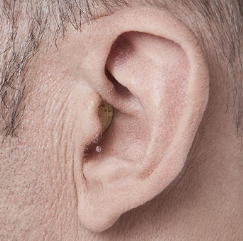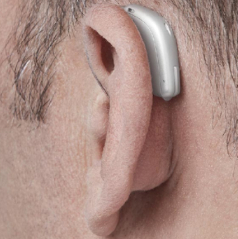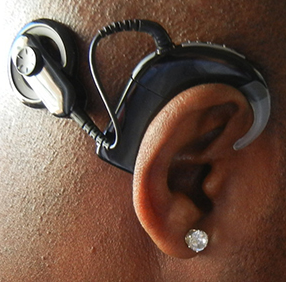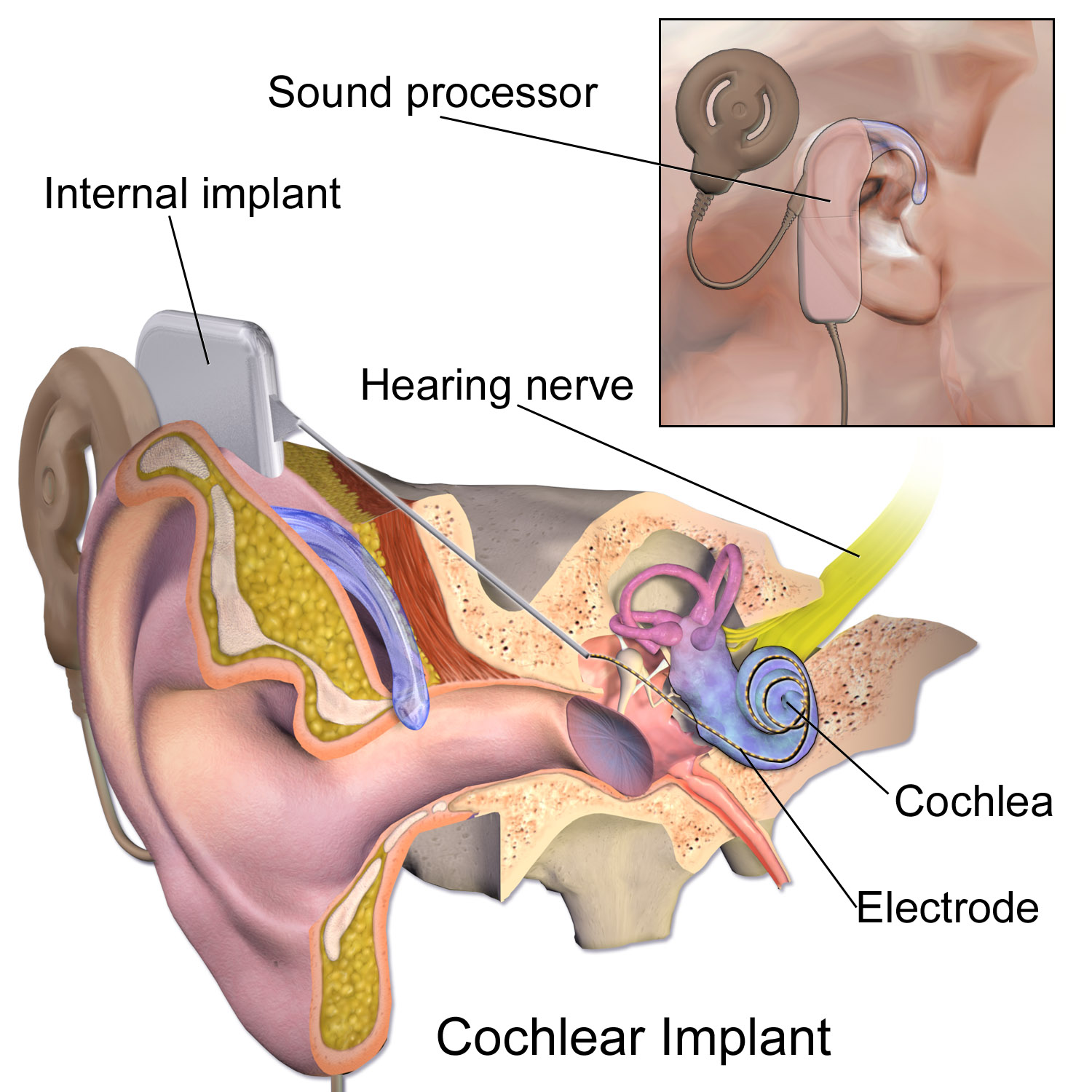What are hearing aids?
Hearing aids are electronic devices that are usually placed in the ear to amplify sound and help individuals with hearing loss.
The History Behind Hearing Aid Instruments
For hundreds of years, humans have strove to create devices that can revert the debilitating effects of hearing loss. Before humans harnessed the power of electricity, the ear trumpet was commonly used by the partially deaf.
As implied by the name, ear trumpets were small trumpets that could be placed near the ear. Instead of amplifying sound, they “collected” it and funneled it into a narrow tube leading to the ear. Ear trumpets were beneficial, but their bulkiness made them impractical and inefficient.
In the late 19th century, hidden hearing aids were becoming increasingly popular, and one instrument manufacturer, Frederick C. Rein, devised a number of designs, most of which looked like headphones with tiny ear trumpets.
Hearing aids only began to appear after the invention of the telephone and microphone in the late 1800s. In 1898, Miller Reese Hutchison invented the first electric hearing aid, which he called the “Akouphone”. Like most hearing aids today, Akouphone amplified sound through a carbon amplifier, a type of “microphone” that converted audio into an electric signal. Although this hearing aid was very useful to the hard-of-hearing community, it was very difficult to mass produce.
In 1911, after personally experiencing hearing loss, Thomas Edison took it upon himself to create his own hearing aid. He invented his own carbon transmitter, which was later used as a model for carbon hearing aids.
The first major development in hearing aids was the vacuum tube hearing aid patented by Naval engineer Earl Hanson in 1920. Called the “Vactuphone,” this device used a telephone transmitter to turn sound into electric signals, which would then be amplified and sent to the receiver (the output). Weighing only seven pounds, the Vactuphone was portable and gathered attention worldwide. In 1923, the English Company Marconi and the US company Western Electric began marketing vacuum tube hearing aids. Over time, vacuum tube hearing aids became smaller and lighter as technology improved.
The invention of transistors by Bell Laboratories in 1948 was revolutionary in the world of hearing aids. A replacement for vacuum tubes, transistors are small, energy-efficient, and dissipate less heat. In fact, transistors are so incredibly useful that they are still used in modern day electrical devices such as computers and smartphones. In 1952, Zenith Electronics manufactured the Microtone Transimatic hearing aids, which were widely distributed throughout the US.
In 1970, the rise of microprocessors, small computer chips with circuits, allowed hearing aids to become even smaller. In 1996, Widex created the first fully digital hearing aids that provided the exact duplication of real-world sounds. Today, hearing aids can isolate and amplify speech and even connect to our devices through Bluetooth.
Types of Hearing Aids
In-the-ear (ITE) Hearing Aids

ITE hearing aids are “invisible” and are worn in the ear canal (inside the ear).
They can be custom fit to the customer's ears for maximum comfort.
Although ITE hearing aids have great sound quality, they are susceptible to ear wax and moisture, which can damage the hearing aid. They also contain small batteries which must be replaced or charged often.
Behind-the-ear (BTE) Hearing Aids

BTE hearing aids are outside the outer ear. All the main electronic components are located inside the outer casing, which is attached to a tube that moves sound into the ear canal.
Since the microphone and processor sit in the case outside the ear, the attached speaker can be easily replaced if damaged when inside the ear.
Additionally, these hearing aids have larger batteries, come with wireless connectivity to devices, and have AI (Artificial Intelligence).
BTE hearing aids are the most popular type of hearing aid, usually have above-average sound quality, and are manufactured by all major hearing aid manufacturers.
Cochlear Implants


Unlike other types of hearing aids that simply amplify sound, cochlear implants are surgically implanted devices that connect directly to the inner ear.
The cochlea is a seashell-like part of the inner ear with thousands of hair cells that convert sound waves into nerve impulses that are sent to the brain.
When these hair cells are damaged, a majority or all of hearing is lost. Cochlear implants attempt to bypass the cochlea by electrically stimulating the auditory nerve, allowing the brain to interpret sounds and understand speech.
Cochlear implants have two major components: a microphone and a speech processor found outside the ear and an implanted receiver and electrodes. When the microphone outside the ear receives sound, it converts the sound into digital signals, which are sent to the implanted receiver and electrodes.
Cochlear implants are designed for deaf and extremely hard-of-hearing individuals who do not benefit from traditional hearing aids. Unfortunately, cochlear implants do not restore normal hearing and require training to maximize effectiveness.
